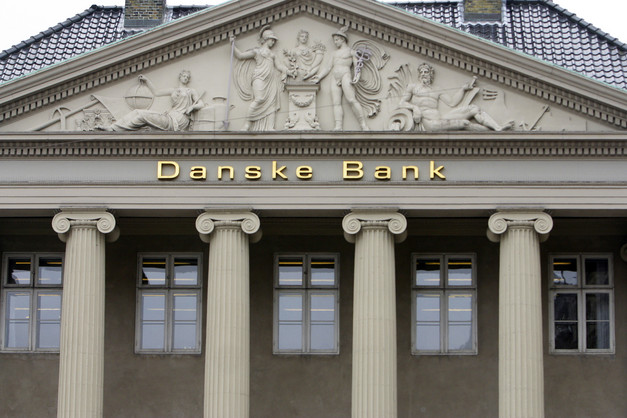Most Danish Banks Have Yet to Return to Debt Markets
By Frances Schwartzkopff – Bloomberg.com
More than half a decade after Denmark’s financial crisis left most of its banks shut out of debt funding markets, the lenders still aren’t selling bonds.
Jan Kondrup, director of Denmark’s Association of Local Banks, says most of the group’s 70 members are meeting their capital requirements through equity. For liquidity, aside from deposit funding, they’re relying on a partnership with Nykredit A/S unit Totalkredit A/S.
“All the banks have a challenge with customers saving and repaying their debt,” Kondrup said in an interview. “A few need to work with their capital structures.”
Denmark has lost more than 60 small and medium-sized banks since 2008. Three years ago, the country became the first in the European Union to force losses onto senior creditors, a development that sent shock waves through funding markets.
The situation for Denmark’s community banks is in stark contrast to the success of the country’s biggest lenders such as Danske Bank A/S in tapping bond markets.
Danske and Nykredit, Denmark’s biggest mortgage bank, both issued contingent convertible debt this year to meet capital requirements.
The yield on Danske’s 5.75 percent Additional Tier 1 note eased to 5.27 percent at the end of last week, compared with a high of 5.58 percent a few days after it was issued in March. Nykredit’s 4 percent Tier 2 CoCo yielded 3.62 percent last week, little changed since its issuance in June.
Subordinated Debt
Totalbanken A/S, a community lender with a market capitalization of about 100 million kroner that’s based in Aarup, sold a 9.4698 percent subordinated note due 2024 in June. At Danske, a subordinated note due 2026 and sold in May carries a coupon of 2.75 percent, according to data compiled by Bloomberg.
The community banks going to market now “would get better terms than two, three years ago, because of the work they’ve done,” Kondrup said.
Members of the Association of Local Banks are showing some signs of improvement. The lenders delivered a profit in the first quarter, compared with a loss a year earlier.
“We expect to see even more progress” for the second quarter, Kondrup said. “Writedowns are falling, costs have stabilized and the top line has stabilized.”
Losing Banks
Denmark has lost almost twice the number of credit institutions as the European average. Fifteen percent have closed or been taken over, compared with 8.7 percent for the EU, according to theEuropean Central Bank.
Since the end of 2008, Denmark’s bank industry has cut about 12,000 jobs, shut branches, set up more call centers and invested in technology. Members of the local bankers’ association saw their customer base increase by about 100,000 this year, Kondrup said.
Yet industry earnings, at 13 billion kroner ($2.4 billion) last year, remain well below pre-crisis levels, according to Financial Supervisory Authority data. In 2007, Denmark’s banks booked 33 billion kroner in profit.
Banks can’t afford to stay shut out of funding markets, Kondrup said.
“The liquidity crisis showed that it’s very important to have access to the capital markets,” he said.
Danish banks’ market dependency peaked in September 2008, when Danske and the country’s five other systemically important financial institutions had a customer funding deficit of 304 billion kroner, according to central bank data. Smaller banks had a deficit of 91 billion kroner. That compares with deposit surpluses for both groups in March.
“The Danish banks have ample liquidity,” the central bank said last month. Banks sacrificed credit quality to loan growth before the crisis, and “it is important to ensure that this is not repeated.”
